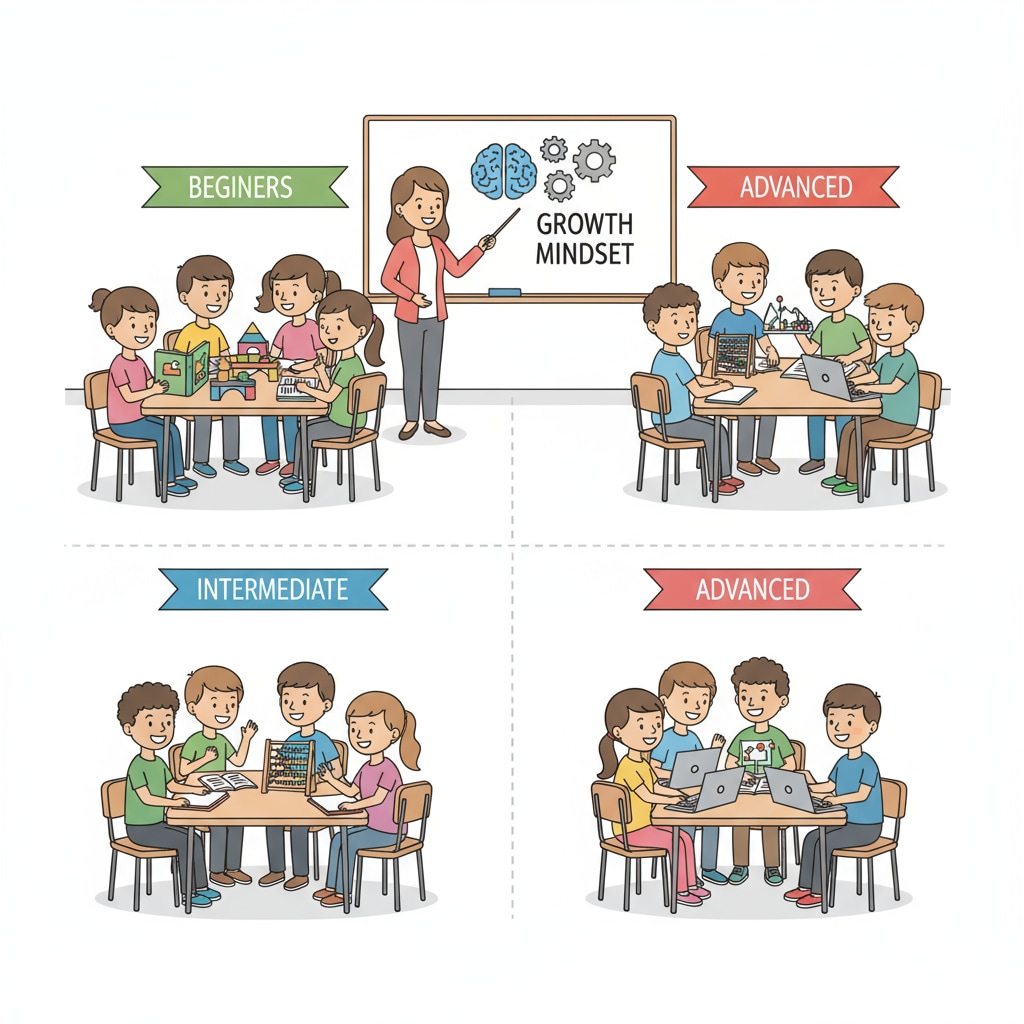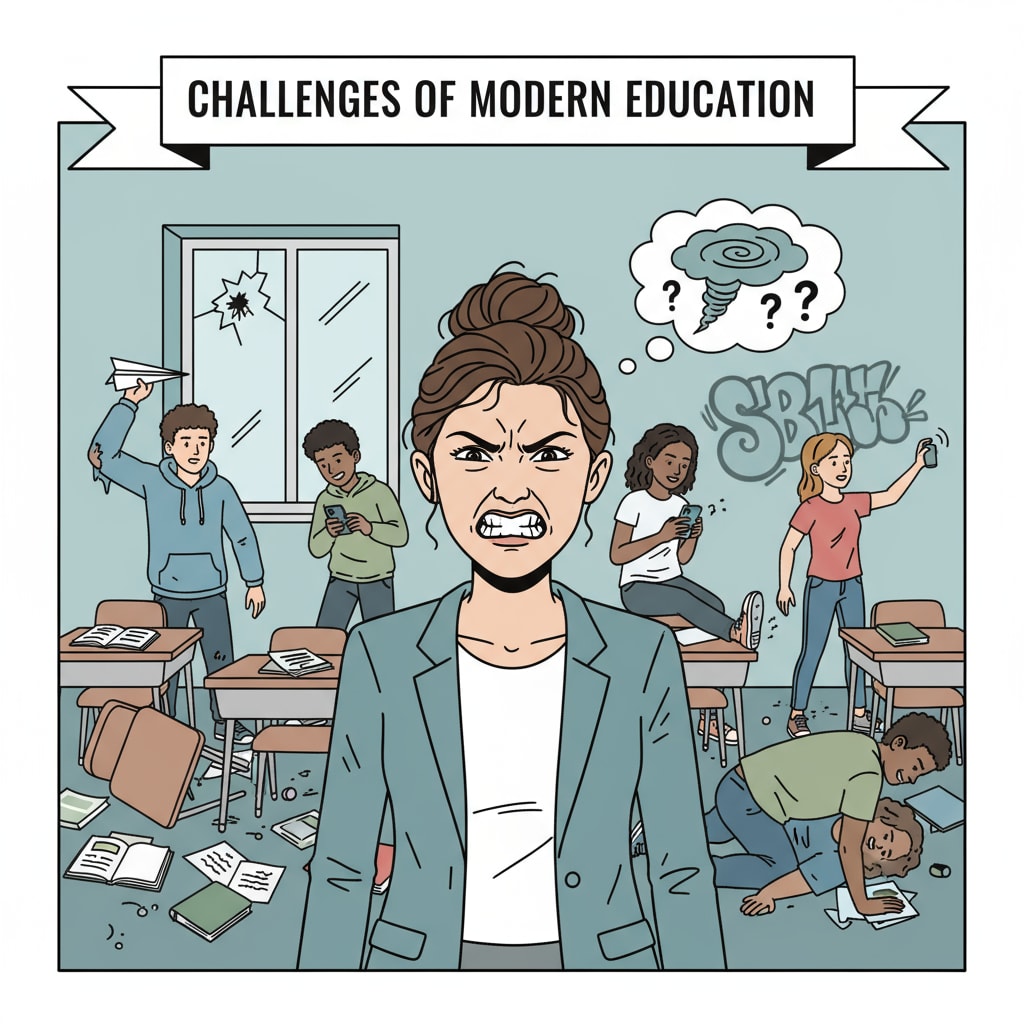In the realm of K12 education, the issues of teacher shortage, student tracking, and math education are intertwined in complex ways. The high-risk student tracking system has far-reaching consequences, especially when it comes to the growing scarcity of teachers. This system, which often sorts students into different math ability tracks at an early stage, is not without its problems.

The Flawed Logic of Early Math Tracking
Early tracking in math education is based on the assumption that students’ abilities are fixed. However, research has shown that intelligence and mathematical ability are malleable. When students are prematurely placed into different tracks, those in the lower tracks often receive less attention and fewer resources. For example, they may have less experienced teachers or fewer advanced teaching materials. This is a form of educational inequality that can have long-term negative impacts on these students’ academic development. According to The National Education Association (NEA), the misallocation of resources due to tracking can contribute to the overall decline in educational quality.
How Tracking Drives Teacher Shortage
The high-risk student tracking system also plays a significant role in the teacher shortage crisis. Teachers are often reluctant to work in schools or classrooms with a large number of students in the lower tracks. These classrooms may be seen as more challenging, with higher levels of student disengagement and behavioral issues. As a result, talented teachers tend to gravitate towards schools or classes with students in higher tracks. This creates a shortage of quality teachers in schools serving students who need the most support. Moreover, the stress and frustration associated with teaching in these challenging environments can lead to high teacher turnover rates. As reported by Education Week, many teachers leave the profession due to these difficult working conditions.

The vicious cycle created by student tracking and teacher shortage is a cause for concern. With fewer quality teachers in schools with high-risk students, these students are more likely to struggle academically. This, in turn, leads to even more students being labeled as high-risk and further exacerbates the teacher shortage problem. To break this cycle, it is essential to reevaluate the high-risk student tracking system and find more equitable ways to allocate educational resources.
Readability guidance: By using short paragraphs and lists, we can effectively summarize key points. Each H2 section provides a clear focus, and we’ve controlled the proportion of passive voice and long sentences. Transition words like “however,” “for example,” and “as a result” have been evenly distributed throughout the text to enhance readability.


